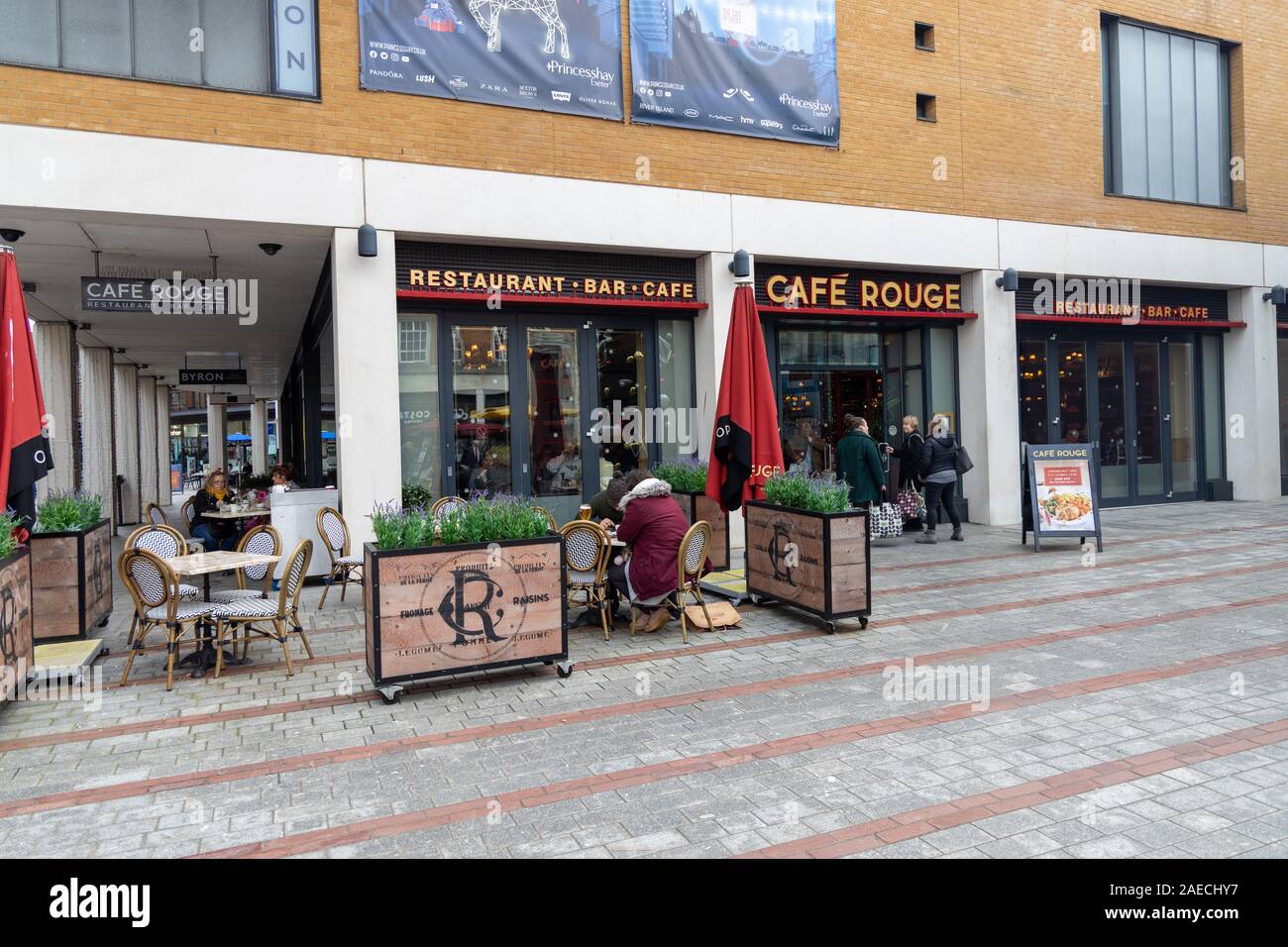
In the British Museum, he says, “I find masses of material for my Divine Birth”. His entry for 24 January gives an unprecedented level of detail about his work. Towards the end of the writing process, though, he went to London, in January 1895. This period, which he spent largely in Paris and Munich, is covered by his published journals ( Diary of an Erotic Life), which generally offer far more detail of his social and sexual activities than his working practices. To explore this topic I am going to examine three disappointing “misadventures” in London: the visits made by Frank Wedekind, Louise Brooks and the film itself.įrank Wedekind as Schön in a stage production of the Lulu plays, with his future wife Tilly Newes in the title role.Wedekind spent the years from 1887 to 1895 writing his Lulu plays: Erdgeist and Die Büchse der Pandora. This murder is her dramatic destiny, and to understand the film more fully, which was possibly the first cinema adaptation of the plays to feature London and the Ripper, we need to think about the British capital rather than the German one. Jack the Ripper walks these streets, and our heroine Lulu, reduced to prostitution, encounters him with fatal consequences. The final act of Pandora’s Box the film, just like the final act of Wedekind’s play of the same name, takes place in London – in a slum district most likely in the east of the city.

There is only one named location in the film, however, and it is in this place that the fictional narrative bumps into historical circumstance – so in this case, geography carries crucial meaning. Collective lust roared unashamed at the theatre.” At the Maly, there was a choice of feminine or collar-and-tie lesbians. The nightclub, Eldorado, displayed an enticing line of homosexuals dressed as women. Race-track touts at the Hoppegarten arranged orgies for groups of sportsmen. Actors’ agents pimped for the ladies in luxury apartments in the Bavarian Quarter. On the corner stood the girls in boots, advertising flagellation. The economy girls walked the street outside. “At the Eden Hotel, where I lived in Berlin, the café bar was lined with the higher-priced trollops. Her evocative description of the city during the shoot, when she was staying at the famous Eden Hotel, begins: “Sex was the business of the town …” Pandora’s Box was filmed in Berlin, or at least in a former zeppelin hangar in Staaken, and its American star Louise Brooks identitfied its depiction of divergent sexualities and the sex trade with the city’s glamorous, permissive nightlife. Those German plays are about thirty years older than the film, a Weimar-era classic that marries traces of Expressionism with the late-1920s sobriety of the Neue Sachlichkeit movement. Pabst’s Die Büchse der Pandora ( Pandora’s Box, 1929) is an adaptation of Frank Wedekind’s Lulu plays, but in many places a very loose one. My book on Pandora’s Box (1929) is forthcoming from BFI Palgrave.

This is an extended version of a paper that I gave at the British Silent Film Festival Symposium at King’s College London on 7 April 2017.


 0 kommentar(er)
0 kommentar(er)
